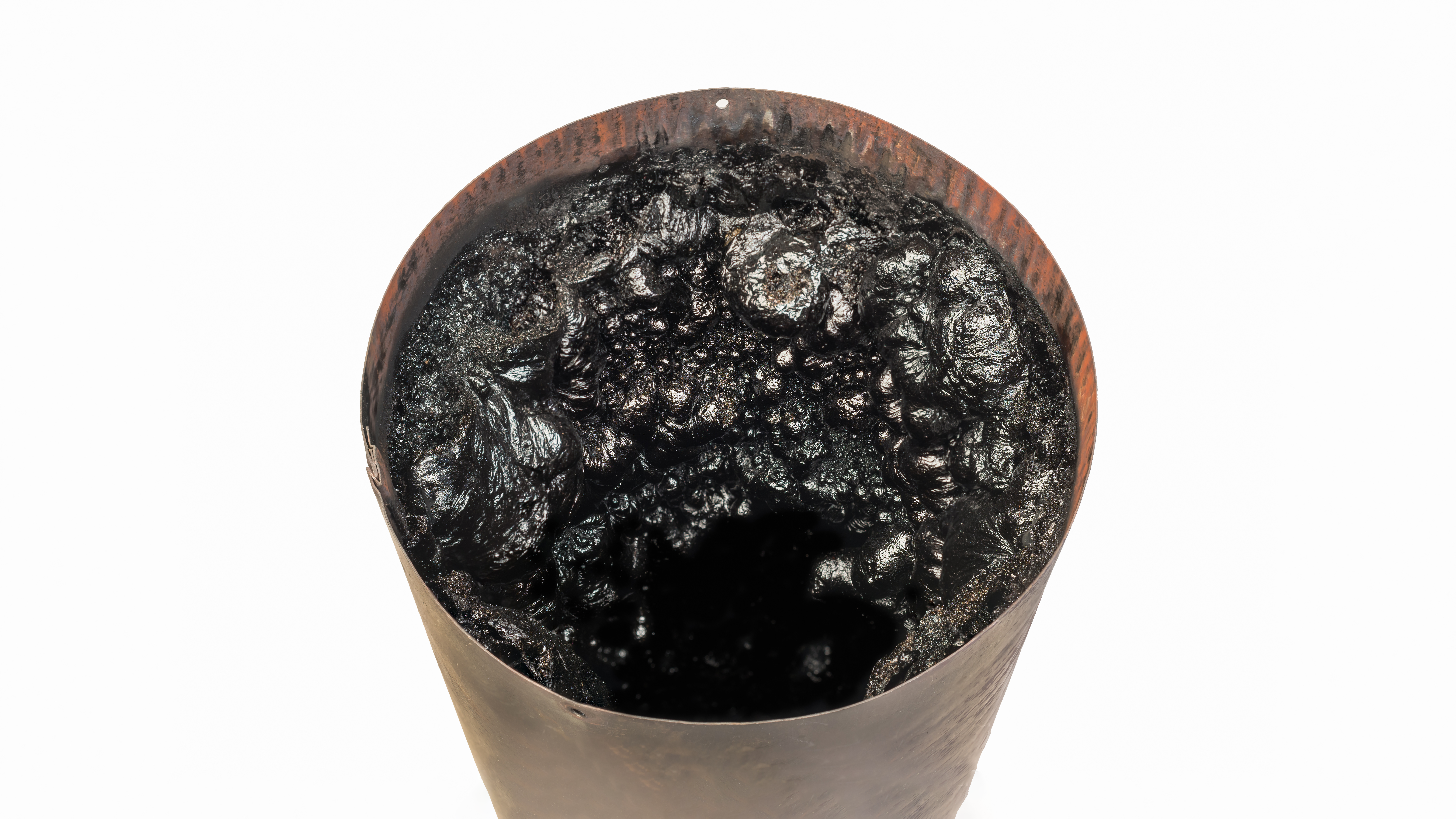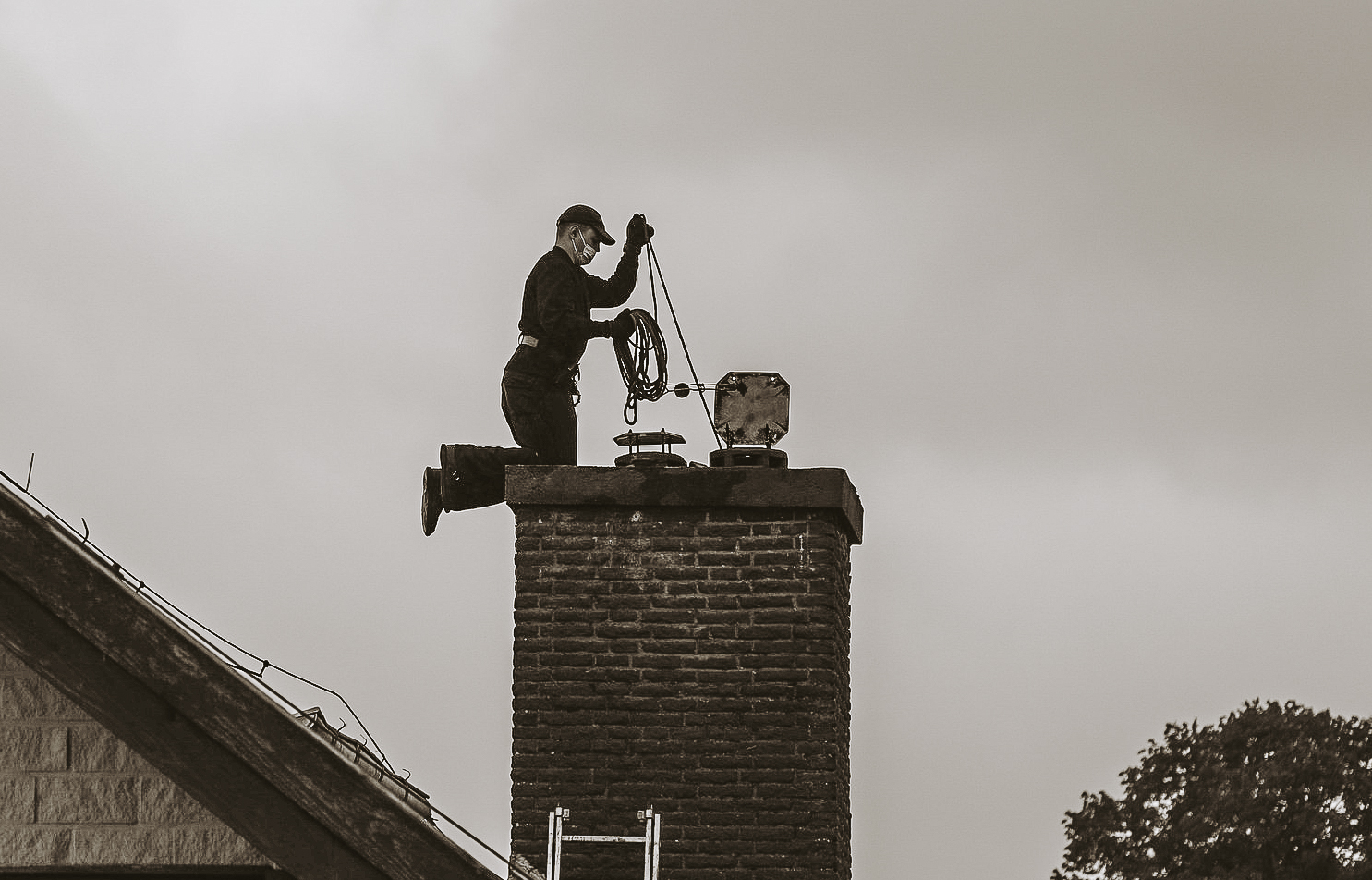FIREPLACE TIPS
CREOSOTE: THE HIDDEN HAZARD LURKING IN YOUR CHIMNEY

Maintaining a safe and healthy home environment is a top priority for most homeowners. While we often focus on visible dangers such as electrical hazards or slippery floors, there are hidden risks that can pose serious threats to our well-being. One such danger is creosote, a substance that can accumulate in chimneys and lead to various health and safety issues.
In this blog, we'll explore what creosote is, how it forms, and the dangers it presents. We'll also provide some valuable tips on preventing creosote buildup and ensuring the safety of your home and loved ones.
what is creosote?
Creosote is a dark, tar-like substance that builds up inside chimneys as a byproduct of burning wood and wood pellets. It consists of a mixture of chemicals, including tar, soot, and other combustion byproducts. Creosote is highly flammable and can pose a significant fire hazard if not properly managed.
How is creosote formed?
Fireplaces and wood stoves are designed to contain wood-fuel fires while providing heat for a home while chimneys expel the by-products. That includes smoke, water vapor, gasses, unburned wood particles, hydrocarbon, and other material. Condensation occurs as these substances leave the fireplace or wood stove and flow up into the relatively cooler chimney. The resulting residue that sticks to the inner walls of the chimney is called creosote.
The dangers of creosote
creosote can cause chimney fires
One of the most significant dangers of creosote is its flammability. When a substantial amount of creosote accumulates in a chimney, it can ignite and cause a chimney fire. These fires can be incredibly destructive, spreading to other parts of the house and endangering lives if not properly managed. In addition to the immediate danger of a chimney fire, the intense heat can also cause structural damage to the chimney, requiring costly repairs.
creosote can cause carbon monoxide poisoning
When creosote buildup restricts the airflow in the chimney, it can impede the proper ventilation of combustion gasses, including carbon monoxide.
Carbon monoxide is a colorless, odorless gas that can be deadly even in small concentrations. It is crucial to ensure that chimneys remain free from creosote buildup to prevent the risk of carbon monoxide poisoning.
Creosote can cause respiratory problems
The inhalation of creosote particles and the byproducts of burning wood can irritate the respiratory system, leading to various health issues. Prolonged exposure to creosote can exacerbate existing respiratory conditions such as asthma or bronchitis and may cause coughing, wheezing, shortness of breath, and other respiratory symptoms.
How to Prevent Creosote Buildup
Fortunately, there are steps you can take to prevent creosote buildup and minimize the associated risks. Consider the following preventive measures.
Have your chimney cleaned and inspected ANNAULLY
Regular chimney cleanings and inspections by trained professionals are crucial for identifying and removing creosote buildup. A professional chimney sweep will have the necessary equipment and expertise to thoroughly clean your chimney, ensuring that creosote is safely removed and any potential issues are addressed.

Burn dry, seasoned wood
Using dry, seasoned wood in your fireplace or stove can help reduce creosote buildup. Wet or unseasoned wood, and even artificial logs, tend to produce more smoke and release more moisture, increasing the likelihood of creosote formation.
Avoid burning hazardous materials such as paint thinner or gasoline as these release toxic fumes into the air but also contribute to the formation of creosote.
For more wood-burning tips and tricks, check out our blog Wood Burning Basics.
conclusion
Creosote is a dangerous substance that can cause a range of health problems and safety hazards. The flammability of creosote can lead to chimney fires, while its accumulation can obstruct ventilation and cause carbon monoxide poisoning.
